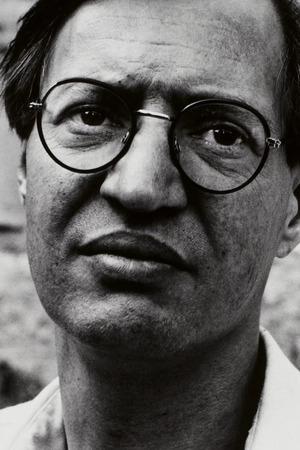

Thomas is an up-and-coming actor. His proud and loving father is watching him in a Shakespeare performance. Not long afterwards, his father dies, Thomas accidentally kills a bicyclist with his car, his girlfriend leaves him, and he develops a disorder of the inner ear. As a consequence of these and other misfortunes, he becomes depressed, attempts suicide, and has a psychotic break which lands him in a mental hospital.
Joëlle, a simple and energetic young woman, works as a hairdresser for Mrs. Delbarre. When Professor Thibaud, a great bone specialist, asks her to donate her bone marrow for a transplant, on the condition that she does not seek to know the recipient, she accepts without hesitation. But the temptation is too strong and she investigates in order to discover the person who benefited from her generous gesture. It is a handsome young man with whom she immediately falls in love.
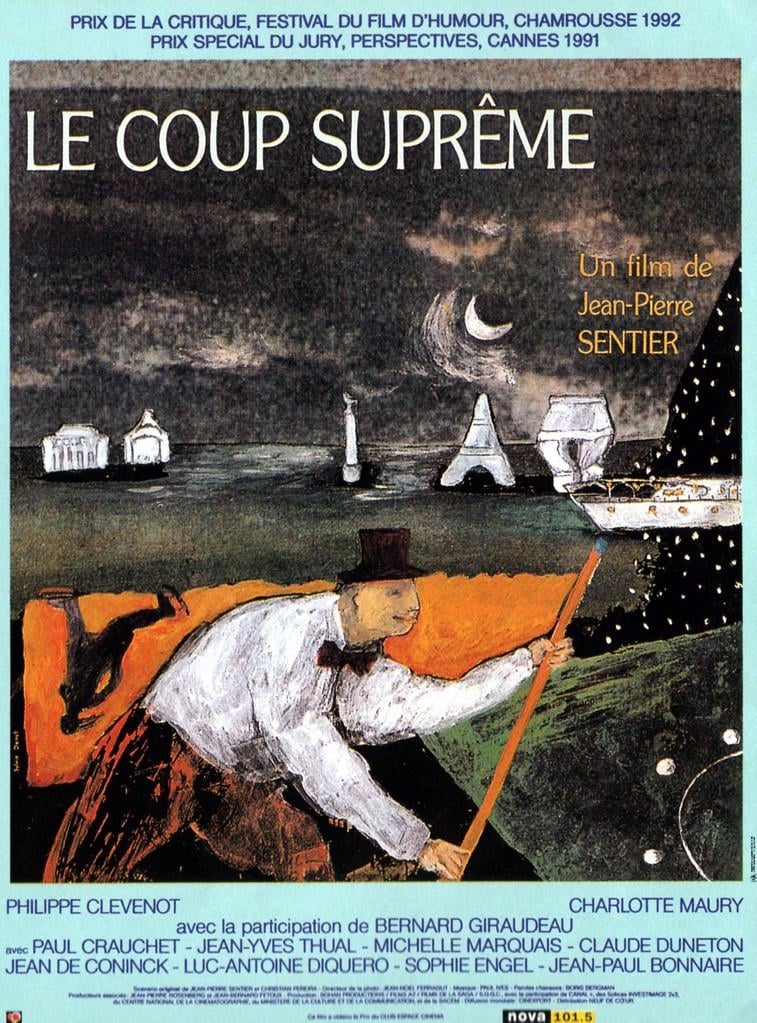
Emile Michel, Lapland, orphan, is obliged to bring back within the tribe the ancestral totem: a gold plumb line "borrowed" formerly by his grandfather Raymond Michel. His quest will take him aboard a floating boat that crosses Baffin Bay in the icy waters of Greenland.
When Professor Thibaud, a great bone specialist, asks Joëlle, a simple young girl, to donate her bone marrow in view of a transplant, she agrees without hesitation. Despite the pain and the risks, she only thinks of saving a human life. Just one condition is imposed : the giver is not allowed to meet the transplanted in any case. However it is more than she can take, so Joëlle sifts through the medical network until she meets Arnaud. The more she advances, the more she becomes attached to her transplanted, to the point where she believes that her marrow influences his dreams and desires. Ambiguity will reign throughout this love comedy.
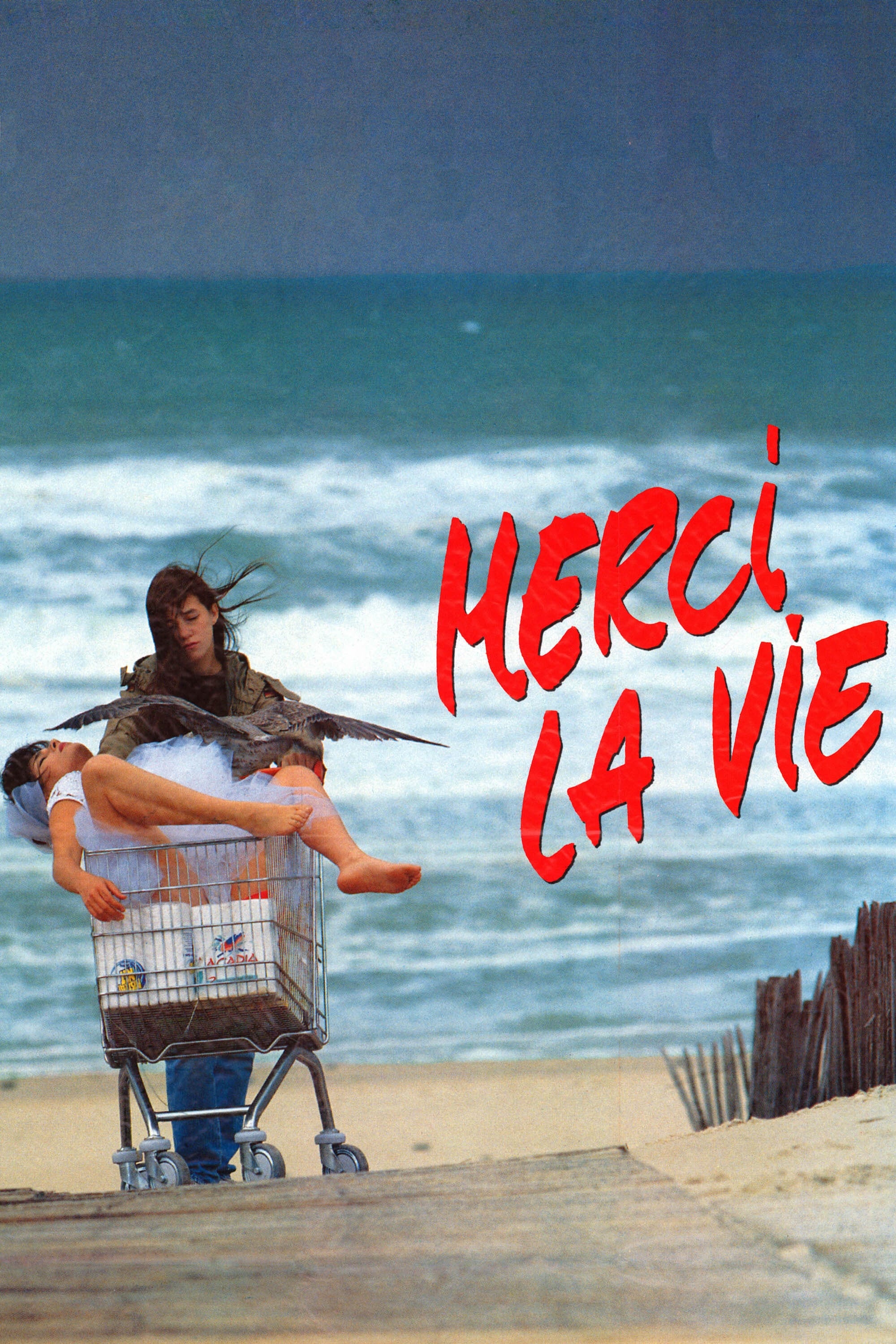
Camille, a naïve schoolgirl, meets an intriguing influence in Joelle, a slightly older and much more experienced spirit. Camille follows her new friend through the discovery of sex and the darker side of life. As the film progresses, Camille discovers AIDS and the fear that she may have picked up the disease in her early encounters.
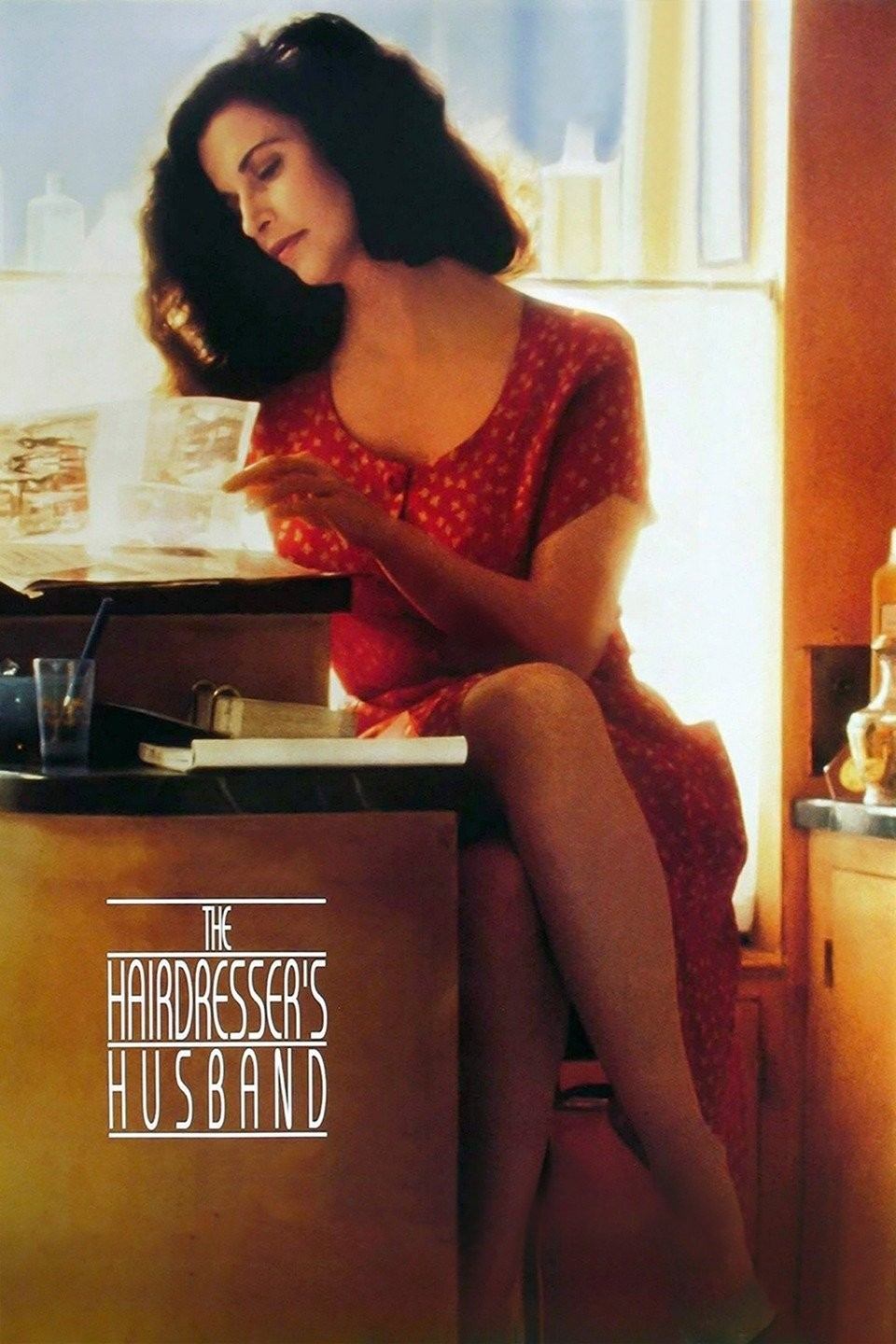
The film begins with a flashback from the titular character, Antoine. We are introduced to his fixation with female hairdressers which began at a young age. The film uses flashbacks throughout and there are frequent parallels drawn with the past. We are unsure what Antoine has done with his life, however, we know he has fulfilled his childhood ambition, to marry a hairdresser.
Jeanne is a woman who is driven by her very active conscience. She attempts to assuage her idealistic bent by trying out life as a nun, but this doesn't work out. After she leaves the convent, she takes a job at a factory, where the callousness of management spurs her to become a labor activist. Her efforts are marked by great persistence and fervor, but she lacks any kind of diplomacy or persuasiveness, and as the years progress, she manages to alienate everyone in her life. By the end of the film, there is only one way that she can see to resolve the horrible situation she finds herself in.
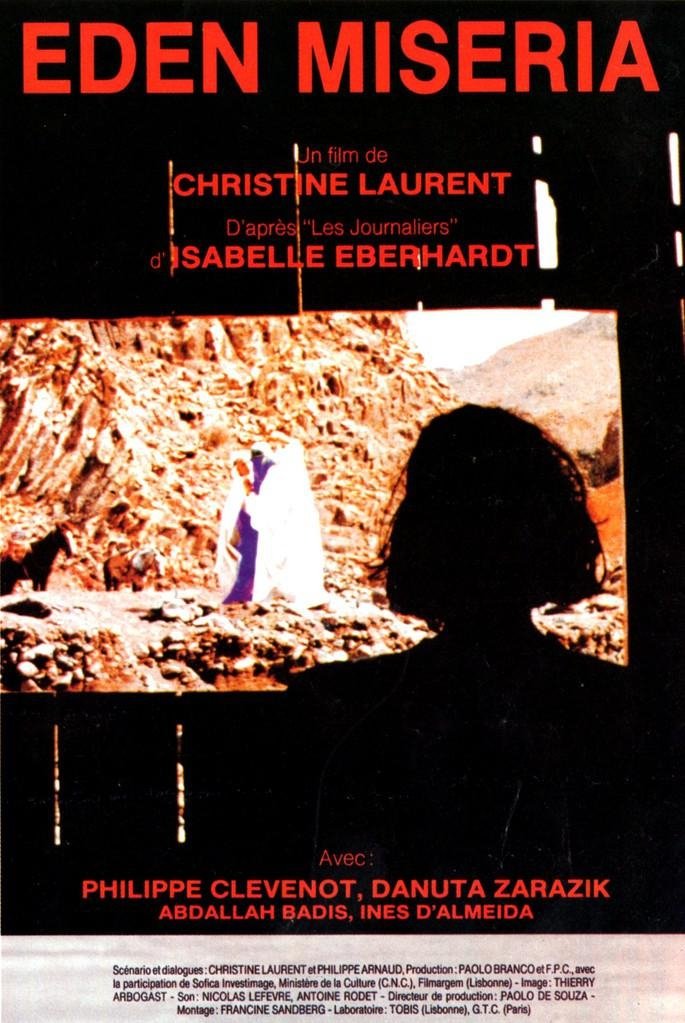
Danuta Zarasik plays Isabelle Eberhardt in this biographical drama. At the turn of the 20th century, Isabelle fell in love with the African desert, donning men's clothing to travel and record her adventures in writing while her Moslem husband patiently waited at home. This visually stunning feature shows the overwhelming majesty and beauty of the forces of nature. Director Christine Laurent relies upon her expertise as a painter and designer to bring an added dimension of artistic beauty to the film.
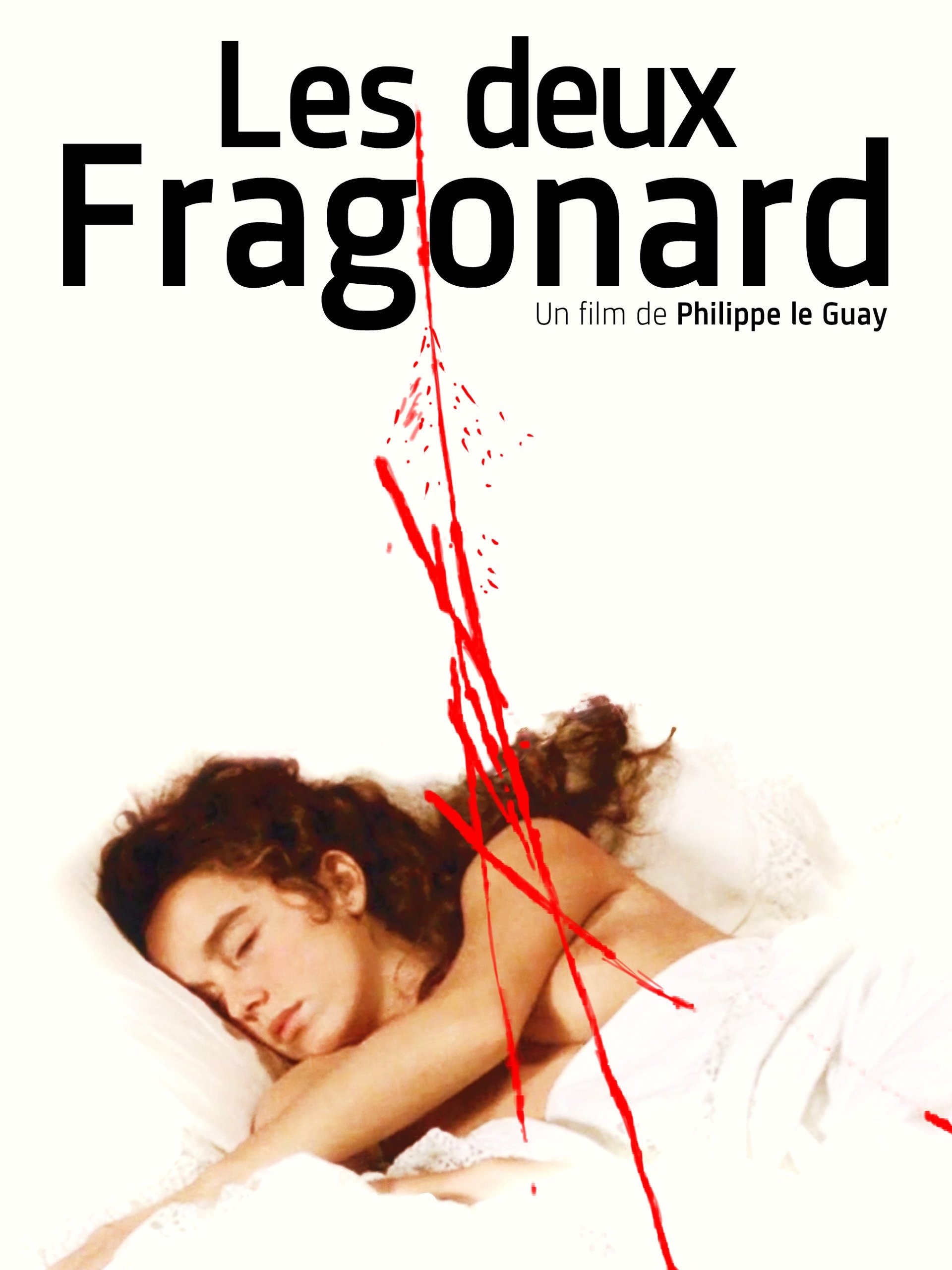
The name of painter Jean-Honore Fragonard (1732-1806) is synonymous for a kind of painting style which celebrates carefree romantic life, indoors and out. He was a painter during the final decades of the French monarchy. In this story, he and his brother Cyprien (Robin Renucci), who is an early pioneer in medical anatomy (he dissected corpses and made drawings of what he found in them), have fallen in love with the same woman, Marianne (Philippine Leroy-Beaulieu), a laundress. This attraction has not escaped the notice of Salmon d'Anglas (Sami Frey), a conniving nobleman, who has his heart set on getting revenge on Jean-Honore (Joachim de Almeida) for refusing his patronage and becoming the darling of the French court.
Philippe Clévenot compte parmi les plus grands acteurs d’une génération qui, dans les années 1960-1970, se lançait dans l’aventure des créations collectives et entendait toucher un nouveau public, populaire, à l’instar de Jean Vilar ou d’Ariane Mnouchkine. De 1962 à 1965, il suit les cours du Centre dramatique de l'Est alors sous la direction d'Hubert Gignoux, Paul Lefèvre et Claude Petitpierre. Parallèlement, il continue l'étude de l'orgue, du clavecin et du piano. Après les deux années de son service militaire (1965-1967) pendant lesquelles il apprend l'allemand, il devient membre de la maison de la Culture deBourges, dirigée par Gabriel Monnet. En 1971, il participe aux débuts du Théâtre de l'Espérance avec Jean Jourdheuil etJean-Pierre Vincent, puis, en 1976, rejoint l’école du TNS (l'école supérieure d’art dramatique de Strasbourg) que dirige le même Jean-Pierre Vincent. De 1985 à 1987, il est pensionnaire à la Comédie-Française. Philippe Clévenot joue aussi bien le répertoire classique que le théâtre contemporain. Ainsi le voit-on dans Le Misanthropede Molière ou Macbeth de Shakespeare (deux mises en scène de Jean-Pierre Vincent) ; dans Le Prince de Hombourg deKleist (mise en scène de Matthias Langhoff), La Cruche cassée du même Kleist (mise en scène de Bernard Sobel) ; dansL'École des femmes de Molière (mise en scène de Bernard Sobel), Le Neveu de Rameau de Diderot (mise en scène de Jean-Marie Simon), dans Artaud Mômo ou la conférence du Vieux Colombier et Histoire vécue d'Artaud Mômo d'Antonin Artaud, où il interprète l'auteur, dans Un barrage contre le Pacifique de Marguerite Duras ou encore Dans la jungle des villesde Brecht (mise en scène de Stéphane Braunschweig), dans la Vie de l’égoïste Fätzer, du même Brecht (sous la direction de Bernard Sobel), dans Rumeur à Wall Street de Bernard Chatellier, d’après le Bartleby de Melville (mise en scène deBérangère Bonvoisin), ou bien Pionniers à Ingolstadt de Marieluise Fleisser. En tant que metteur en scène, on lui doit notamment Anna Christie d’Eugene O'Neill, à Genève, en 2000 — spectacle qui est repris au Théâtre Gérard Philipe, à Villeurbanne, en 2001. Par ailleurs, il a également écrit Celle qui ment, d'après la célèbre mystique italienne Angèle de Foligno. Son premier rôle au cinéma lui est offert par René Allio en 1970, dans Les Camisards. Il travaille ensuite avec de nombreux cinéastes, dont Bertrand Blier, Patrice Leconte ou encore Jean-Jacques Beineix. L’un de ses derniers films au cinéma estDisparus (1998), premier long métrage historique et politique d'un jeune réalisateur, Gilles Bourdos. Ayant toujours partagé son temps entre Paris et la Normandie, avec sa compagne la comédienne Bérangère Bonvoisin, Philippe Clévenot meurt à l’âge de cinquante-neuf ans, le 18 octobre 2001, des suites d’une longue maladie. Il repose au cimetière de Villerville.
By browsing this website, you accept our cookies policy.